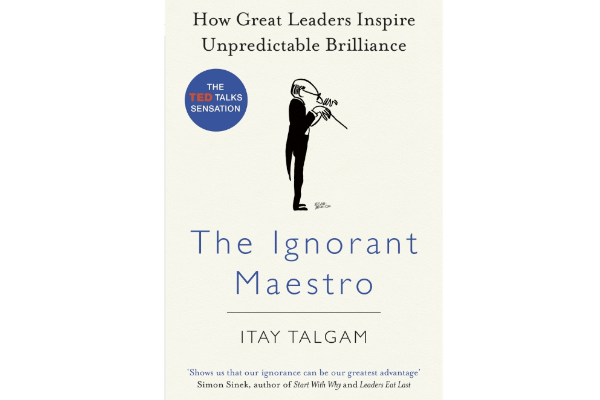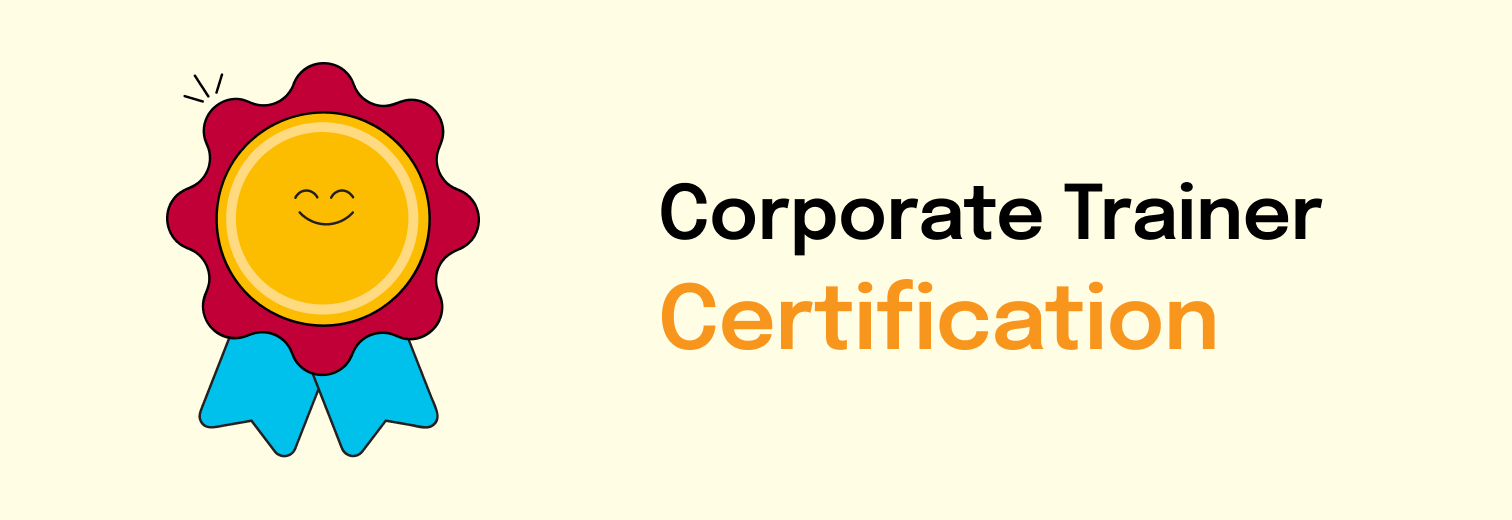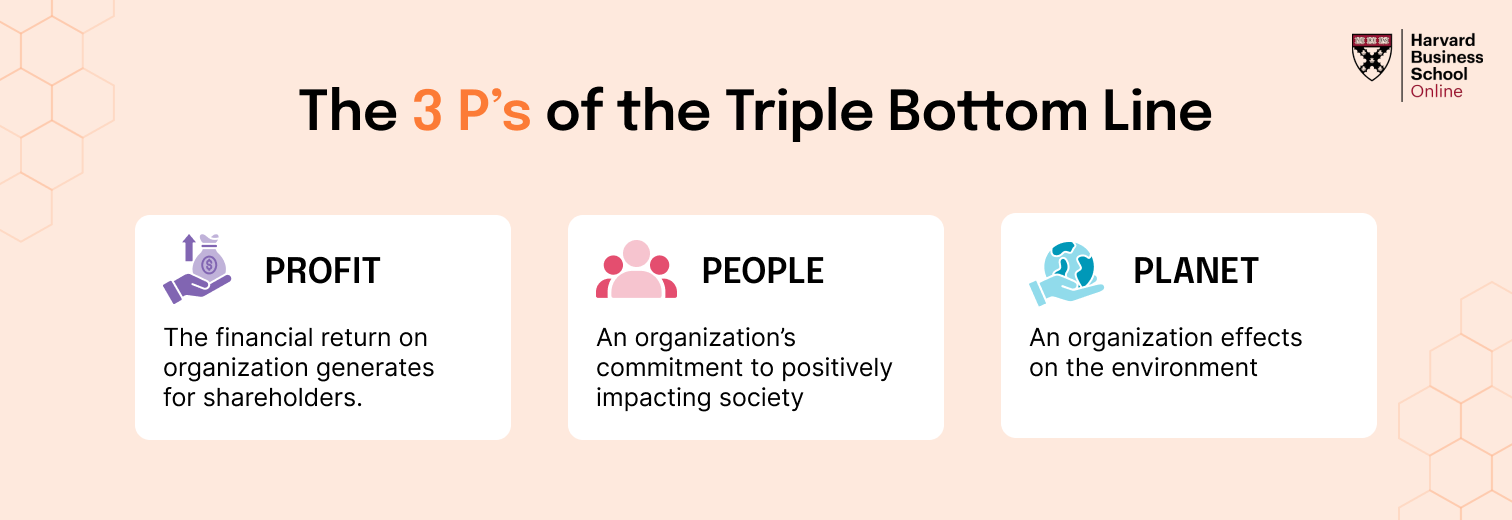I remember staring at the org chart, feeling completely overwhelmed. We were trying to implement a massive cultural transformation in our company, attempting to break down deeply entrenched silos and change behaviors that had been rewarded for decades. Every small step forward felt like pushing a boulder uphill. Resistance was everywhere, subtle and overt. The problem felt too big, too complex, too impossible. I genuinely started to believe it could not be done. We were stuck.
In moments like these, the typical business frameworks feel inadequate. Systems thinking diagrams and change management checklists could not capture the sheer human messiness and intractability of the situation. I needed a different kind of inspiration. Unexpectedly, I found it in a book with a startling title: How to Stop a Warlord by Shannon Sedgwick Davis.
It tells the gripping true story of the private activists who took on Joseph Kony and the Lord’s Resistance Army in central Africa, a brutal conflict the world’s governments had failed to stop. Reading it, I realized that while the stakes were vastly different, the nature of the challenge, tackling a deeply entrenched, complex, and seemingly impossible problem against overwhelming odds, held profound lessons for leaders facing any kind of “wicked problem.” It offered a raw, unconventional playbook that went far beyond standard corporate strategy.
The “Warlord Playbook”: 5 Principles for Tackling Impossible Problems
Table of Contents
What can the fight against a brutal warlord teach us about fixing a toxic culture or disrupting an entrenched market? More than you might think. The core principles are universal.
Principle 1: Define Your Target (Laser Focus on the Root Problem, Not Symptoms)
The activists fighting Kony realized they could not solve all the region’s problems. They had to define a single, clear, achievable objective: removing Kony and dismantling the LRA’s command structure. This laser focus prevented them from getting distracted by related issues and allowed them to concentrate their limited resources for maximum impact.
- The Business Lesson: When facing an impossible problem, resist the urge to boil the ocean. Identify the absolute root cause, the linchpin holding the dysfunctional system together. Is it a specific broken process? A particular bottleneck? A single influential blocker? Define your “Kony.” Make stopping that one thing your unwavering focus. Clarity precedes action.
Principle 2: Build Your Unlikely Alliance (Break Silos, Find Strange Bedfellows)
Stopping Kony required an unprecedented coalition. Activists had to partner with military advisors, politicians from different countries, private philanthropists, and local community leaders. These groups often had conflicting worldviews and deep mistrust, but they were united by a shared objective. Forging and maintaining this fragile alliance was key to their success.
- The Business Lesson: Truly wicked problems rarely sit neatly within one department. Solving them requires breaking down internal silos and sometimes even building external partnerships with unusual suspects. Who else cares about this problem, even if they sit in a completely different part of the org chart? Who has influence or resources you lack? Be willing to build bridges and find common ground with “strange bedfellows” who share your ultimate goal. Innovation often sparks at the intersection of diverse perspectives.
Also read: How to Break Silos within an Organisation
Principle 3: Follow the Money (Or Find New Fuel). Understand the Levers of Power.
A key part of the anti Kony strategy involved understanding and disrupting the LRA’s funding and supply lines. Simultaneously, the activists had to secure their own resources, often turning to unconventional private funding when traditional channels failed. They understood that changing a system requires understanding its economics and finding the right levers of influence.
- The Business Lesson: What is truly enabling the problem you are trying to solve? Is it a budget allocation? An outdated incentive structure? A powerful stakeholder who benefits from the status quo? Map the system. Understand the flow of resources and influence. Sometimes the most effective intervention is not a direct confrontation, but a subtle shift in the underlying economics or power dynamics. Find the leverage points.
Principle 4: Embrace the Grind (Relentless Persistence Trumps Short Term Tactics)
The fight against Kony took years. It was filled with heartbreaking setbacks, political roadblocks, and moments where it felt like all hope was lost. Success did not come from a single brilliant tactic, but from sheer, dogged persistence. It was a commitment to the long game, a refusal to give up even when progress was agonizingly slow.
- The Business Lesson: Tackling deeply entrenched problems is a marathon, not a sprint. There will be setbacks. Your initial ideas may fail. Resistance will emerge. You must cultivate strategic patience and resilience. Celebrate small wins to maintain momentum. Focus on the long term objective, and do not get discouraged by the inevitable bumps in the road. Persistence is often the only strategy that works when everything else fails.
Also read: Why Perseverance Matters
Principle 5: Keep the Mission Human (Purpose as Your Ultimate Weapon)
What kept the activists going through years of grueling work and constant danger? It was not fame or fortune. It was a deep, unwavering connection to the human cost of the conflict. It was the faces of the children abducted by the LRA, the stories of the communities torn apart. This profound sense of purpose was their ultimate fuel.
- The Business Lesson: When you are tackling a truly difficult challenge, the “what” (the task) is rarely enough to sustain motivation. You must constantly connect back to the “why.” Who benefits if we succeed? What human problem are we solving? Keeping the mission grounded in its human impact provides the emotional fuel needed to endure the grind and inspire others to join your cause. Purpose is your ultimate weapon against cynicism and despair.
No Problem is Truly Impossible
Reading How to Stop a Warlord did not magically solve my company’s cultural problems. But it gave me a new lens. It gave me a sense of perspective. It showed me that even the most daunting, complex, and deeply human challenges can be tackled with the right combination of focus, coalition building, unconventional thinking, relentless persistence, and a deep connection to purpose.
While our business challenges may pale in comparison to the horrors of the LRA, the playbook is surprisingly relevant. It reminds us that “impossible” is often just a label for a problem we have not yet approached with enough creativity, courage, and grit. It teaches us that changing the world, or even just our small corner of it, starts with the audacious belief that it can be done.
If you are facing your own “impossible” challenge and looking to build the leadership resilience and strategic thinking required to overcome it, explore FocusU’s programs designed to develop leaders who thrive in complexity at FocusU.










